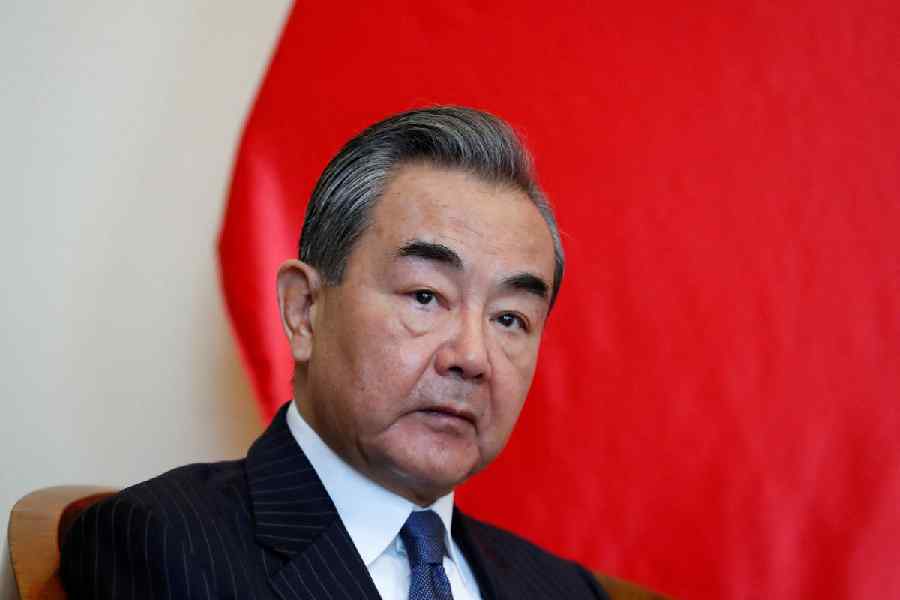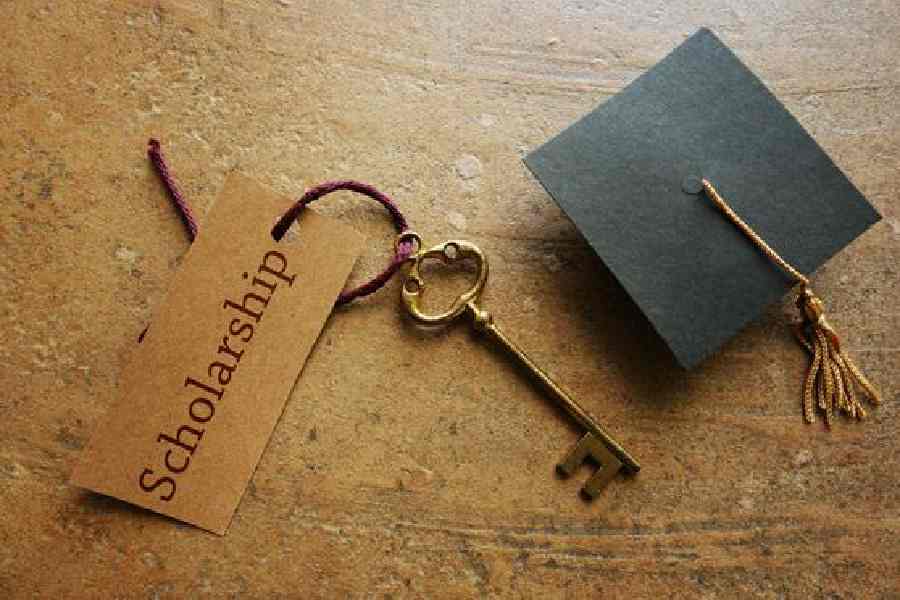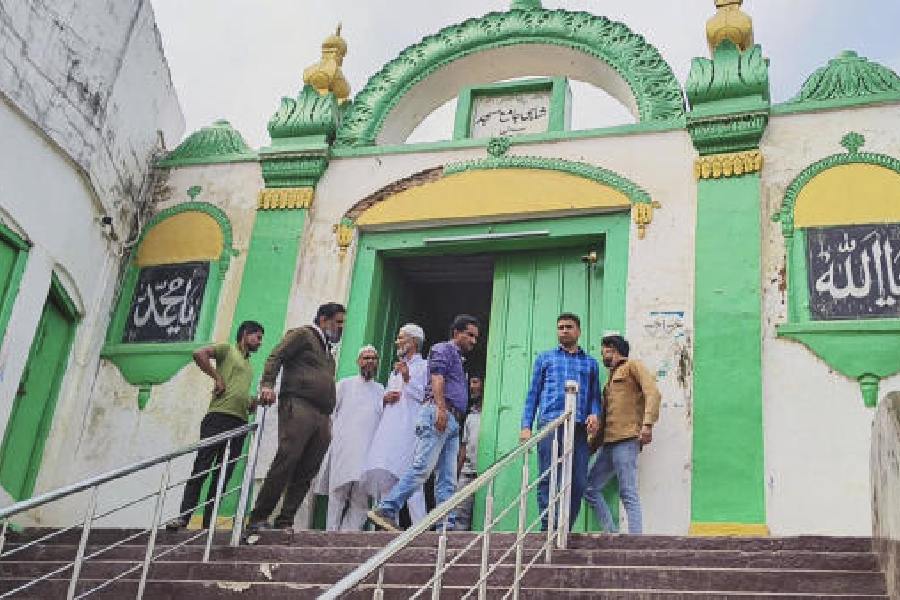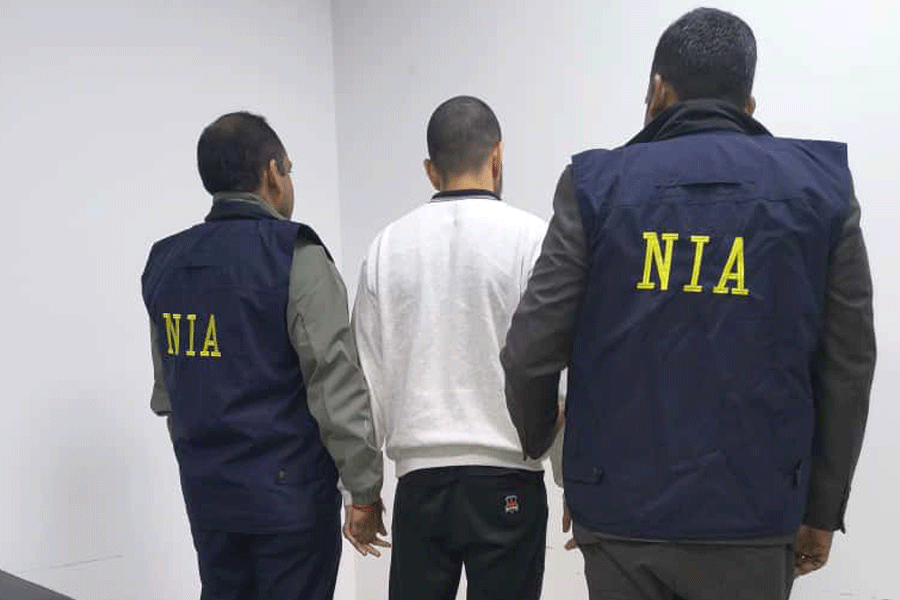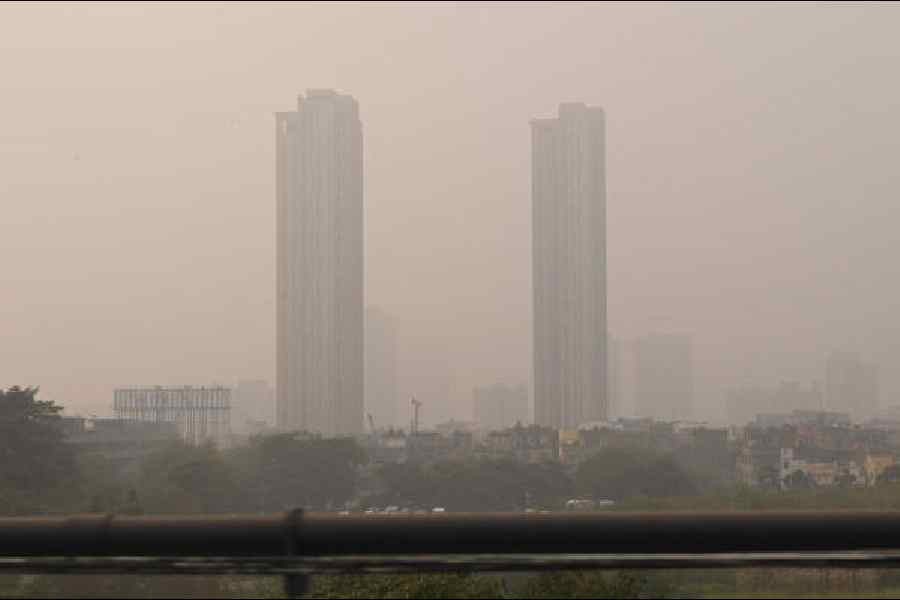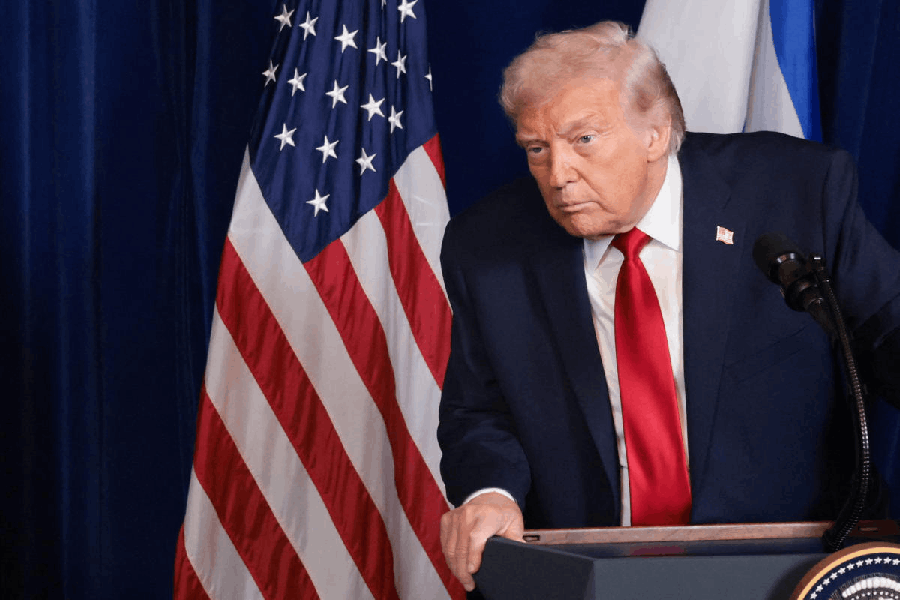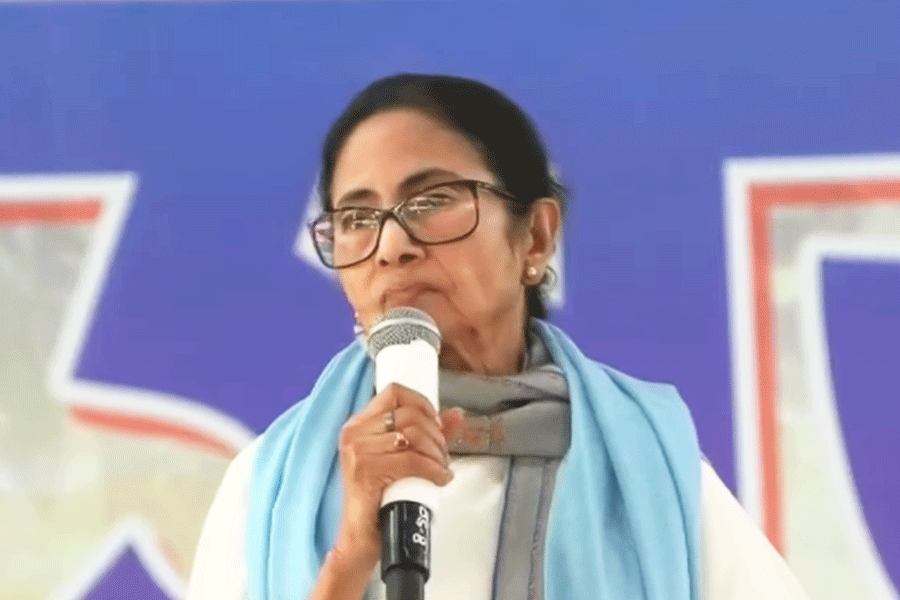Chennai, April 25: From June, get ready to welcome Dalit temple priests in a country where even worshippers from the community are often barred from Hindu shrines.
Far away from the IIMs and IITs, Dalit and backward-class priests are getting ready to storm a Brahmin bastion, helped by job and education quotas.
M. Karunanidhi’s Tamil Nadu government had issued an order in May 2006 saying all Hindus, whatever their caste, would be allowed to become archakas (priests) and conduct temple rituals if they were “qualified”.
To ensure they did qualify, the government set up six priest-training institutes and admitted students under the state’s 69 per cent education quota, applicable to Scheduled Castes, Scheduled Tribes, Backward Castes and Most Backward Castes.
The first batch of 207 students will graduate in June to become eligible for jobs at the state’s about 36,000 government-run temples — this time under the 69 per cent job quota.
These students include 76 BCs, 55 MBCs and 34 Dalits, the state’s Hindu religious and charitable endowments minister, whose department manages these temples, said today.
“They have all been trained in the agamas (prescribed methods of temple worship and rituals),” K.R. Periyakaruppan said.
“It’s a big step forward in carrying out the social reforms initiated by the late Dravidian leader, Periyar, and remove caste discrimination at the temples.”
The government had set up a committee under a retired high court judge to suggest how the plan could be carried out. The panel recommended the establishment of two Vaishnava and four Shaiva priest-training institutes.
The Vaishnava Archaka Training Institutes are housed at the Ranganathaswamy temple in Srirangam and the Parthasarathy Swami temple in Chennai. The four Shaiva institutes are at Tiruvannamalai, Madurai, Palani and Tiruchendur.
With NRI Tamils having built several temples abroad, the trainees could even migrate overseas.
Periyakaruppan told the Assembly that most state-run temples faced a funds shortage, and the government would raise their allocations.
Almost 90 per cent of the 36,420 institutions under the Hindu religious department, mostly temples, have an annual income of less than Rs 10,000 each, according to the minister.
A small number of 3,535 religious institutions have an annual income ranging between Rs 10,000 and Rs 2 lakh. As few as 498 get Rs 2 lakh to Rs 10 lakh, and 181 earn over Rs 10 lakh.


